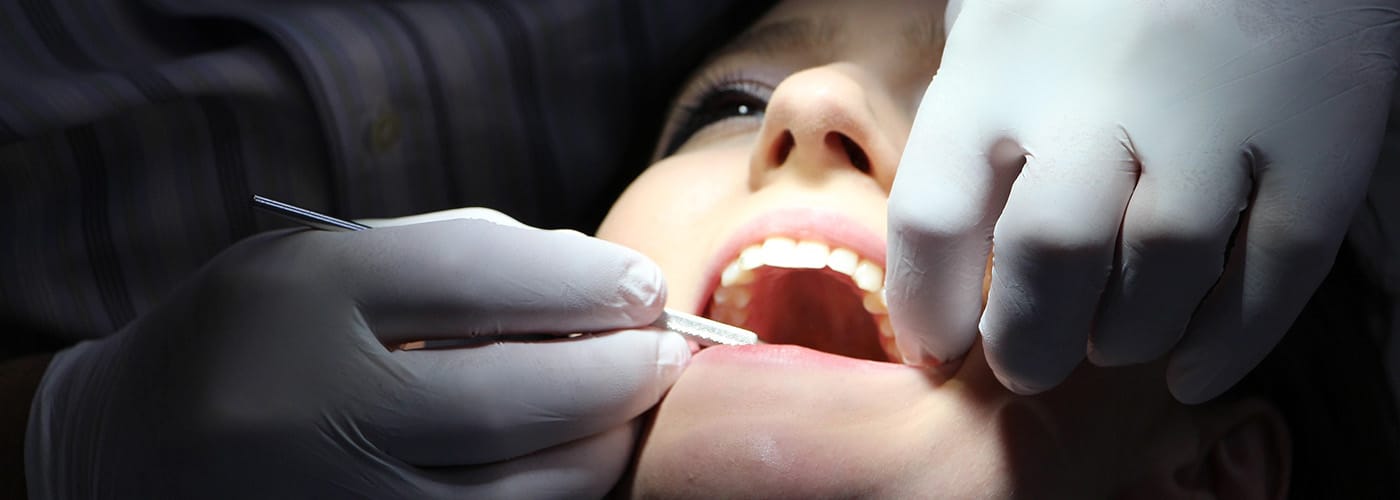It’s hard to find someone who enjoys going to the dentist, but that doesn’t mean there aren’t students that dream of going to dental school one day.
Between that dream of becoming a dentist and the reality of becoming a dentist sits a bachelor’s degree, four years of dental school and potentially two more for certain specialties. It’s not an easy trek, but it’s one toward a growing field that features a median annual salary of $158,310, and allows an individual to make an impact helping their community with that ‘dreaded trip to the dentist.’
And it all starts with financing your way through dental school.
Now, don’t get me wrong. There are important hurdles on either side of dental school. To qualify to pursue a Doctor of Dental Surgery or Doctor of Dental Medicine degree, students must complete a bachelor’s degree and pass the Dental Admissions Test (DAT). Then, once school is over, it takes a state license to be able to practice.
Sandwiched in between are four intense years of study, without a lot of time to make money on the side or spend time worrying about finances. It can seem like a steep slope to many, but for dental students such as Kylee VanLaecken, it’s a risk worth taking for the career that sits at the end of the tunnel.
“My class is just starting to look at our debt and planning how we will pay it back in the future,” she said. “The reality is that most of us would not be able to attend school without taking out substantial loans, and so taking on this “good” debt is worth the risk for a secure job at the end of our training.”
VanLaecken is entering her fourth and final year at the Creighton University School of Dentistry, and didn’t hold back any punches about the effect of student debt on dental students. She said it’s “rather disheartening,” and that she and her fellow students don’t spend too much time focusing on the financial side of school because of that.
There’s a reason that students do not dwell on the costs. Currently, each of the four years of school ranges between $97,720 (third year) and $99,576 (fourth), at least at Creighton. That includes around $20,000 for cost of living and transportation. It doesn’t include the thousands of dollars of books, the yearly ASDA dues, and around $7,000 a year in instruments.
That means that over four years of dental school, a student could rack up more than $400,000 worth of debt just to pay for living and school expenses. And while it may not be consciously on the mind of VanLaecken and her peers, it’s something she said is important to adapt for.
VanLaecken said that a financial plan should be apart of any lifestyle, and that having a plan for expenditures and other matters is wise to help minimize debt while in school.
“It is also important to still maintain a comfortable lifestyle and not get by on the bare bones,” she said. “Dental school is challenging enough in itself, so I would recommend budgeting for some “luxury” items, whether it is a lot of produce in your grocery cart, an occasional concert, or traveling over breaks.”
At the same time, she remains optimistic about what this opportunity means to her, and the effect it will have on her life and career.
“Most dentists are able to earn a comfortable income and are able to pay back their educational debt in a timely fashion,” VanLaecken said. “So when considering to go to dental school, I did not consider debt as a lead contributor to my decision. Acceptance into dental school is the more challenging aspect of dental education.”
Once you’ve been accepted, getting a grasp of the financial situation is the next step. VanLaecken said that financing options for dental school are pretty much the same for all educational loans, but that there are typically fewer options for “free money” via scholarships and other awards.
It’s also important to understand the interest and details behind loans for dental school. As unsubsidized federal loans, interest begins accruing from the time the loan is dispersed, and VanLaecken said it is important to understand all of these details are important to understand when sizing up dental school.
With the end in sight, she is now exploring options for consolidating her loans with her husband’s, also from dental school, as they make plans for next. Whether it’s establishing a family and life in a community, buying a house or even saving money to invest in a practice, VanLaecken said she is excited about planning for life after dental school with graduation just a year away.
And it all started with taking the “risk” of paying for dental school.



